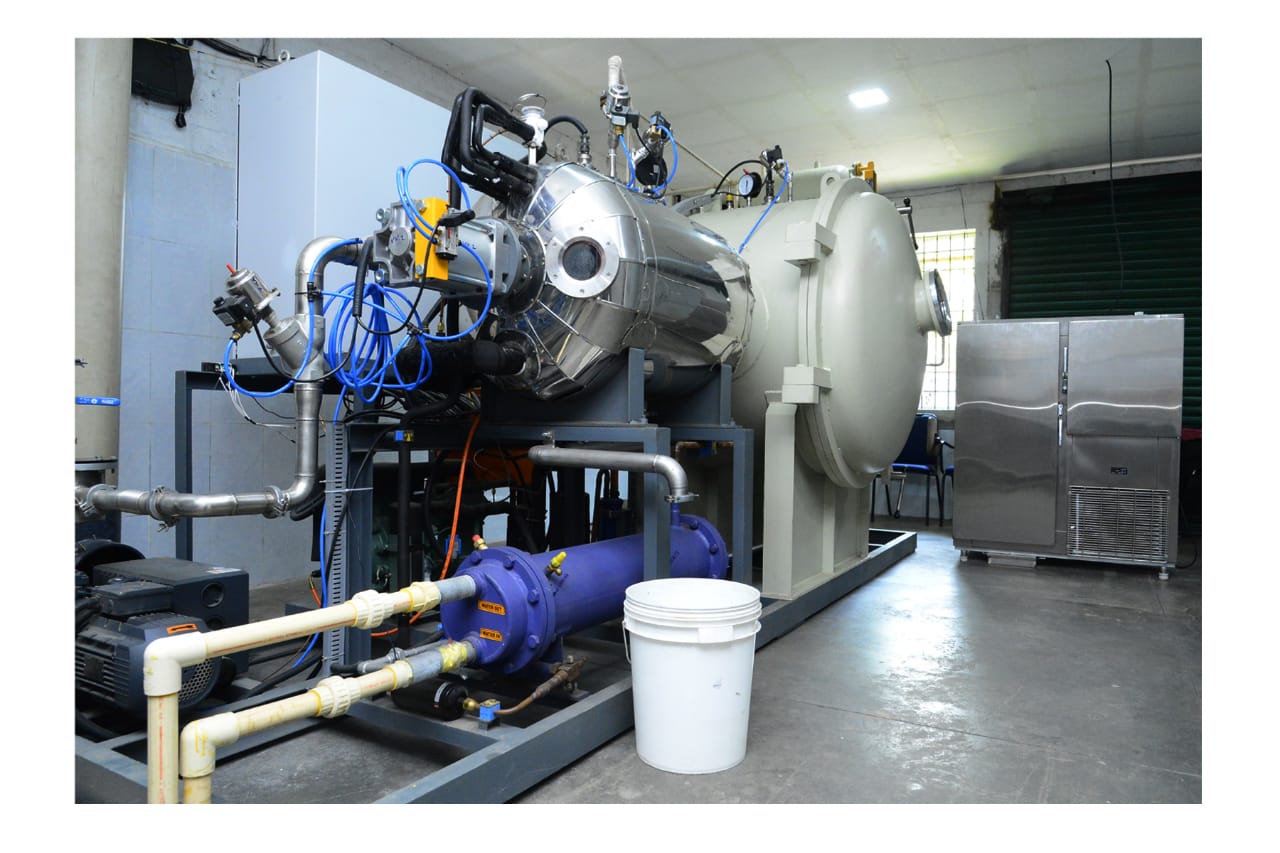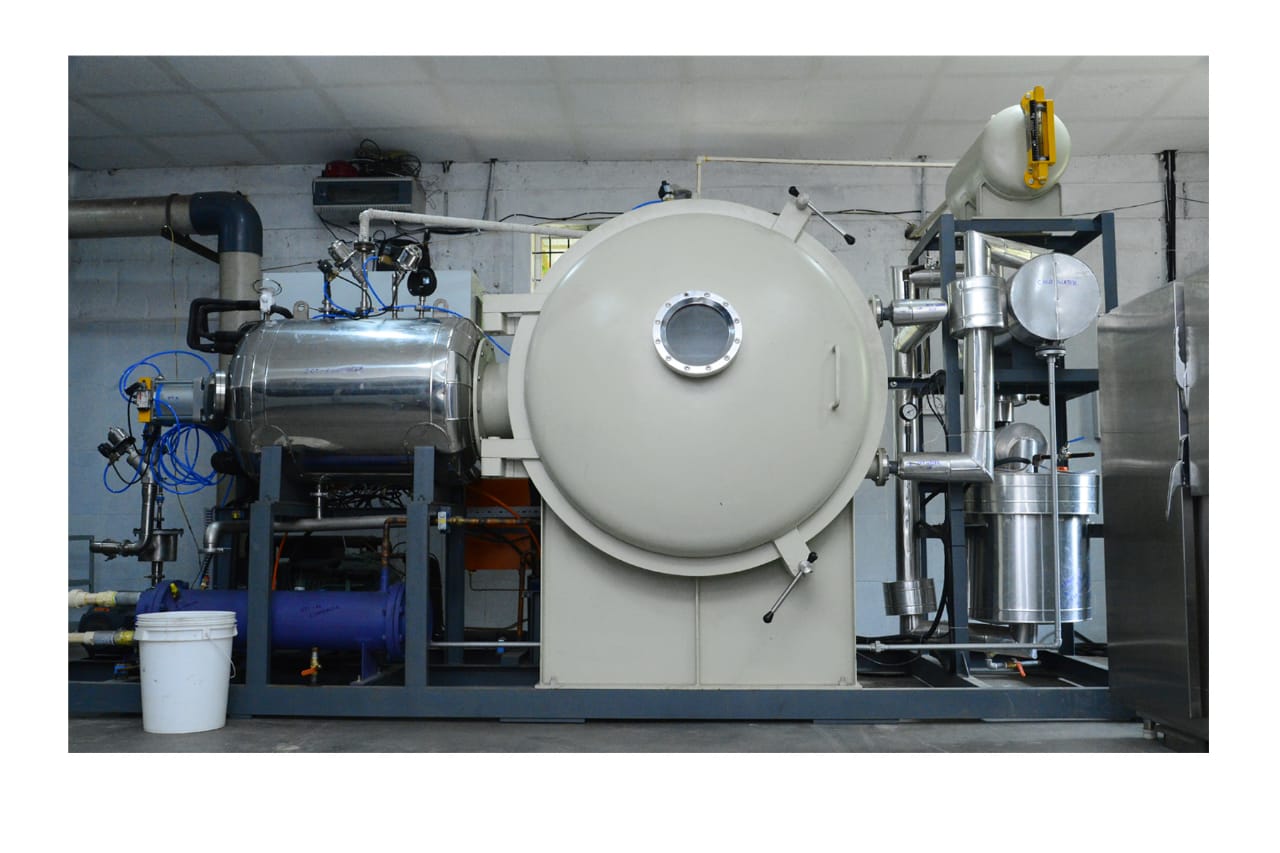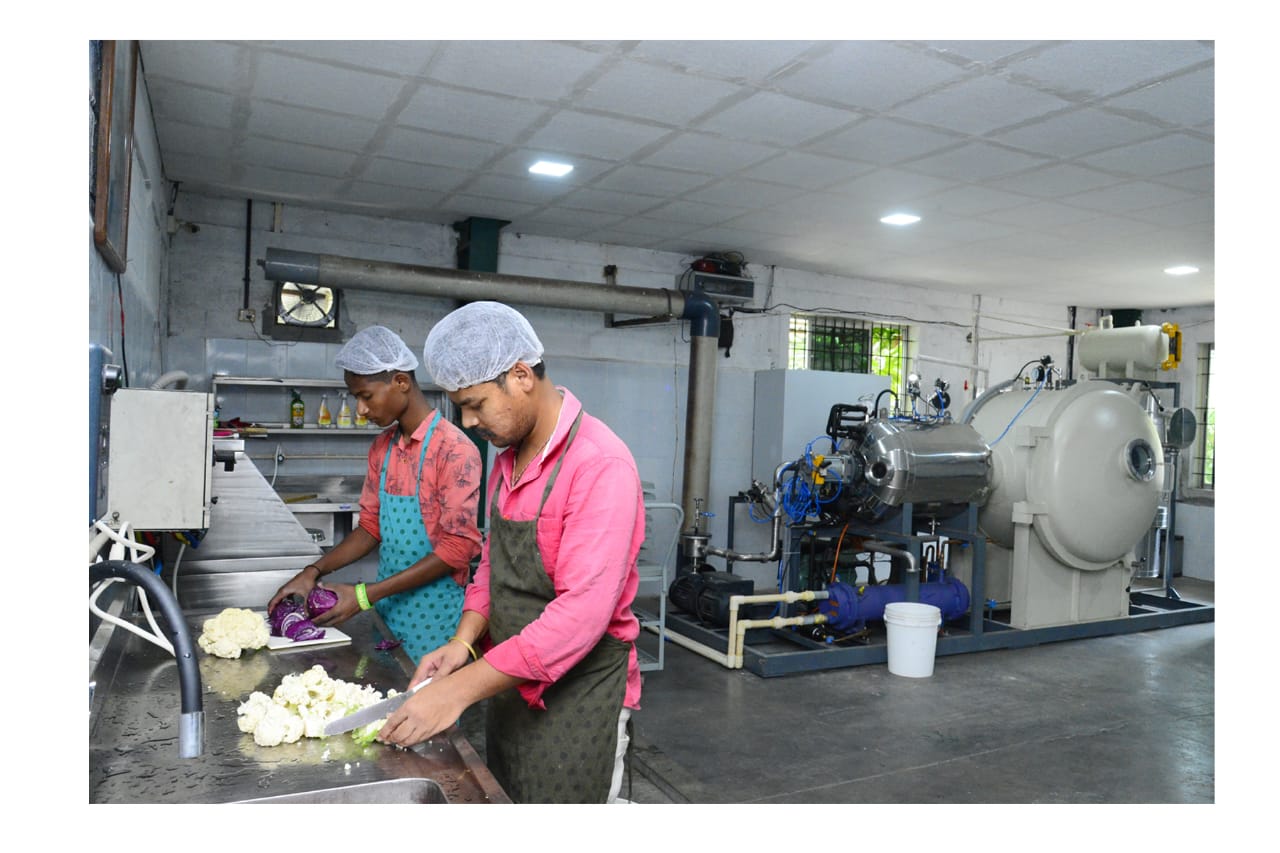Everything You Need to Know About Freeze-Dried Food
Freeze drying is a modern food preservation method that has gained popularity due to its ability to retain the nutritional content and flavor of food. In this article, we will explore everything you need to know about freeze-dried food, including what it is, the types of food that can be freeze-dried, and whether this method is beneficial for your health.
What is Freeze-Dried Food?
Freeze drying, also known as lyophilization, is a preservation process that involves freezing food and then removing its moisture through a process called sublimation. During sublimation, the frozen water in the food transitions directly from a solid to a gas, bypassing the liquid state. This process occurs in a vacuum, where both the temperature and pressure are carefully controlled to ensure that the food’s structure and nutrients are preserved.
Is Freeze-Dried Food Healthy?
Freeze-dried food is considered very healthy due to several factors:
No Artificial Preservatives: Similar to air drying, freeze-drying extends the shelf life of food without the need for artificial preservatives. The process itself is highly effective at preventing the growth of bacteria, mold, and other spoilage organisms.
High Nutrient Retention: Freeze drying is known for its ability to retain up to 97% of a food’s nutrients, making it one of the most effective methods for preserving the nutritional value of food. The low temperatures and vacuum conditions help to protect delicate vitamins and minerals that may be destroyed by other preservation methods.
Does Freeze Drying Destroy Nutrients?
While no preservation method can retain 100% of a food’s nutrients, freeze drying is among the best at preserving nutritional content. The process involves low temperatures and a vacuum, which minimizes nutrient loss. Vitamins, minerals, and antioxidants are generally well-preserved, making freeze-dried food a healthy choice for long-term storage or on-the-go meals.
Is Freeze-Dried Food the Same as Dehydrated Food?
Freeze-dried food is different from dehydrated food in both process and outcome. Freeze drying removes nearly all of the water content through sublimation, resulting in food that is extremely lightweight and shelf-stable. Dehydration, on the other hand, uses heat to evaporate moisture, which can sometimes alter the texture and nutritional content of the food more significantly.
Summary
Freeze drying is a sophisticated preservation technique that involves freezing food and then removing its moisture through sublimation. This method retains the food’s nutritional content and extends its shelf life without the need for artificial preservatives. Freeze-dried food is lightweight, convenient, and nutritious, making it a popular choice for outdoor activities, emergency preparedness, and long-term storage. Whether you’re looking to preserve food for years or simply enjoy a nutritious snack on the go, freeze drying offers a reliable and effective solution.





Air drying is a time-tested food preservation method that dates back centuries. Even with the advent of modern refrigeration and the use of preservatives, traditional techniques like air drying remain popular. While technology has made these processes more efficient, the fundamental outcome remains the same. In this article, we will explore everything you need to know about air-dried food, including what it is, the types of food that can be air-dried, and whether this method is beneficial for your health.
What is Air-Dried Food?
Air drying is often confused with other dehydration methods, but it is distinct in its approach. Unlike many dehydration techniques that use hot air to remove moisture from food, air drying utilizes a combination of low humidity and low heat to gradually evaporate moisture from food. Traditional air-drying methods might involve hanging food in dry, cool environments, while modern techniques use drying chambers where air circulates at a controlled temperature.
Is Air-Dried Food Healthy?
Air-dried food is considered healthy for several reasons:
No Artificial Preservatives: Air-dried food preserves its nutritional quality without the need for artificial preservatives. The low-heat, slow-evaporation process reduces moisture, making it difficult for mold and bacteria to grow, thereby extending the food’s shelf life naturally.
Nutrient Retention: Air drying preserves most of the food’s nutrients, including essential vitamins and minerals. Unlike methods that use high temperatures, air drying minimizes processing damage, ensuring that the food remains as nutritious as possible.
Does Air Drying Destroy Nutrients?
Air drying is gentle on nutrients, preserving them for longer periods without the risk of spoilage. Unlike preservation methods that involve high heat, which can destroy some nutrients, air drying allows food to retain most of its nutritional content. However, it’s important to note that no preservation method retains 100% of a food’s nutrients. For example, freeze drying, a more advanced technique, can retain up to 97% of nutrients, making it one of the most effective preservation methods.
Is Air-Dried Food the Same as Dehydrated Food?
Although the terms are sometimes used interchangeably, air-dried food is not the same as dehydrated food. Air drying typically occurs at lower temperatures and in smaller batches, allowing the food to retain more of its natural moisture content. The result is food that is naturally preserved without artificial additives.
Air-Dried vs. Freeze-Dried Foods
Air drying and freeze drying are two distinct preservation methods with their own advantages and disadvantages. Here’s a comparison:
| Feature | Air-Dried Foods | Freeze-Dried Foods |
|---|---|---|
| Water content | 1% – 4% | 5% – 7% |
| Process | Warm air and evaporation | Freezing and sublimation |
| Shape retention | More shriveled | Less shriveled |
| Shelf life | Up to 20 years | Up to 30 years |
| Nutritional value | 70% – 75% | 90% – 97% |
| Taste and texture | Dense with a dry crunch | Crunchy and dry |
| Rehydration time | 25 – 30 minutes | 8 – 10 minutes |
While air drying is a time-honored method that can be done with minimal equipment, freeze drying is a more modern technique that requires specialized machinery. Freeze drying is also more versatile, allowing for the preservation of a wider range of foods, including those that do not air dry well, such as certain meats and dairy products.
Summary
Air drying is a preservation technique that reduces the moisture content of food using minimal heat, low humidity, and consistent air circulation. This method has been used for centuries and continues to be modernized with today’s technology. Air-dried food retains most of its nutritional content and has a long shelf life, making it a convenient option for those with busy lifestyles. Whether for its health benefits or its ability to preserve food naturally, air drying remains a valuable technique in the world of food preservation.




